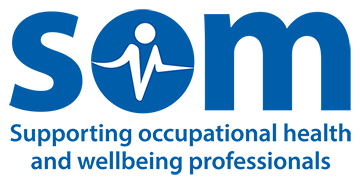Guest blog by Prof Alison Leary, Professor of Healthcare and Workforce Modelling at London South Bank University
The recent COVID-19 situation has exacerbated a workforce crisis in healthcare. A global workforce shortage of occupations such as nursing1 mean that facing any kind of surge in demand becomes a major challenge. This risks the safety of patients but also the safety of staff.
What has become apparent as time progresses is that a number of workplace safety issues are coming to the fore. The deaths of healthcare and other employees, such as bus drivers, serve to enforce how exposed key workers are. Although they may not all have been exposed to COVID-19 in a workplace situation, it’s likely that their continued exposure is a risk and should be managed.
The issues around the lack of supply of personal protective equipment2 is a good example of how supply chain issues, lack of emergency workforce planning, delays in key policy making decisions and variability in how safety advice is interpreted by different employers, results in very real consequences for a worker dealing with high risk work on a daily basis.
A safe working environment is a cornerstone of protecting the health of the workforce. In most sectors there is a robust regulatory and professional framework for the protection of staff exposed to hazards such as pathogens. Yet in these extraordinary circumstances, the risk appetite for exposing workers seems to have increased or even become tolerable as collateral damage.
Even during a major incident, we would not expect workers such as fire fighters to enter a burning building without breathing apparatus or nuclear workers to work without protection. Yet it seems acceptable to allow health and other key workers to be exposed to a risk which could be mitigated.
Stories around the “make do and mend” efforts of staff in hospitals and the community in making their own PPE from bin liners3 make sobering reading to a safety professional. The narrative around the healthcare workforce being heroic has not helped people to understand that there is an over exposure to the workforce of such risks. The hero narrative paints a picture of a worker that goes into battle no matter what, with no fear for their own safety. Such a narrative implies that workers don’t need protection – they just need to have “the right stuff”.
The truth is somewhat more sobering. Whilst the hero narrative might work in the media, it does not take away from workers the exquisite fear of exposing themselves or their families to a possibly fatal pathogen. It does not help sustain a workforce which is suffering high rates of sickness4 and nor will it deal with the ensuing work-related mental health issues that are bound to follow.
In the coming months and years, the role of occupational health is going to be a vital one across all sectors. The consequences of COVID-19 and employers response to it will be an enduring issue for many members of the workforce. Emphasising employers responsibilities toward healthy workplaces will be a key factor in this going forward and in future learning.
1 https://www.who.int/publications-detail/nursing-report-2020
4 https://www.itv.com/news/2020-03-30/covid-19-one-in-four-doctors-off-sick-or-in-isolation/

